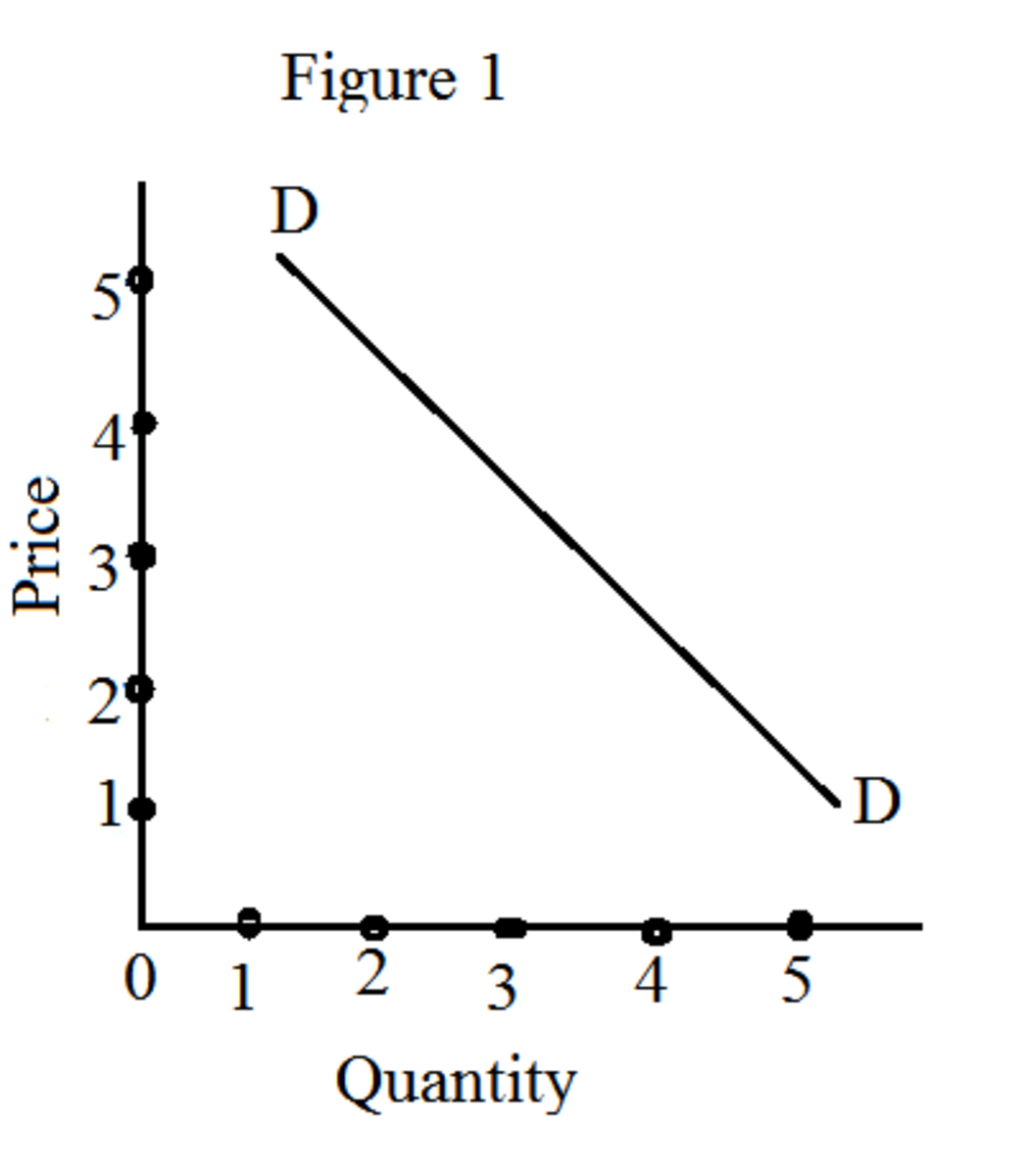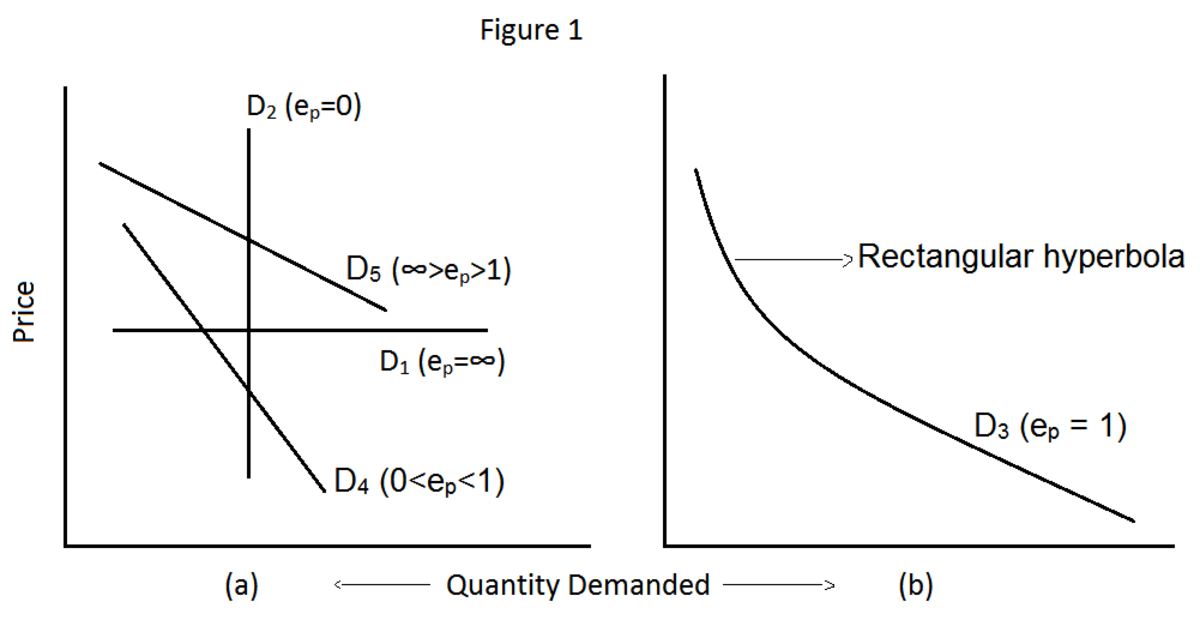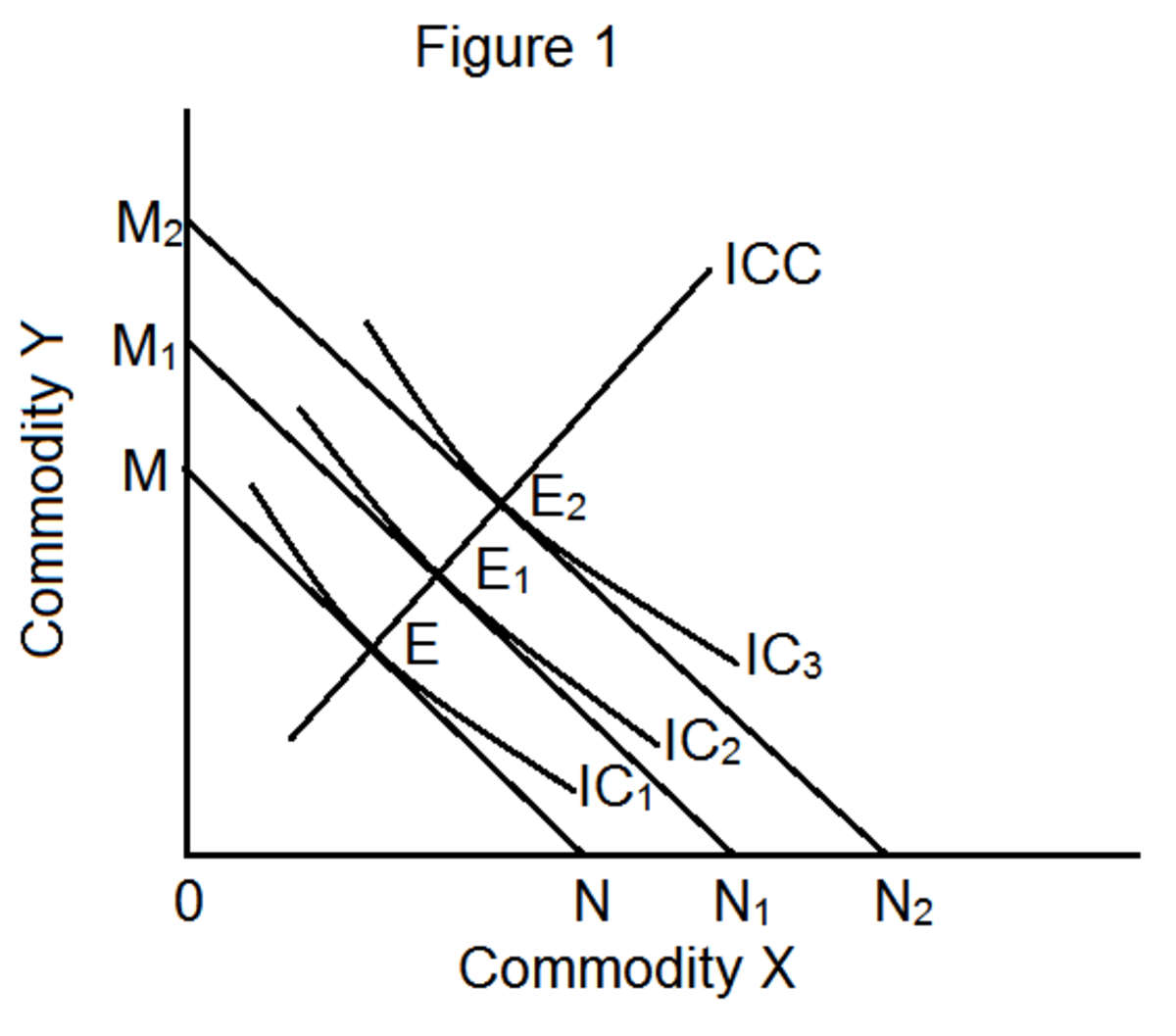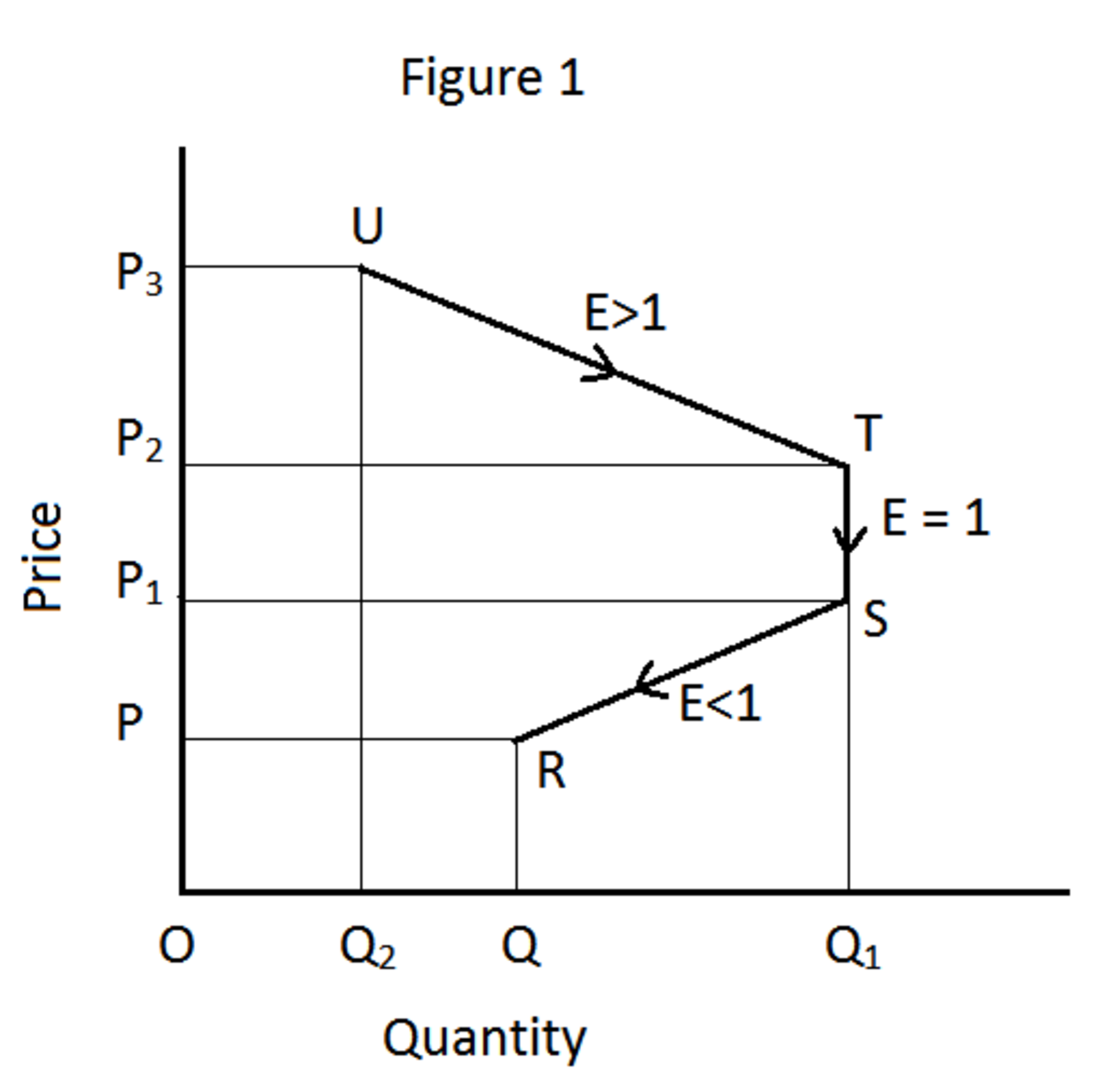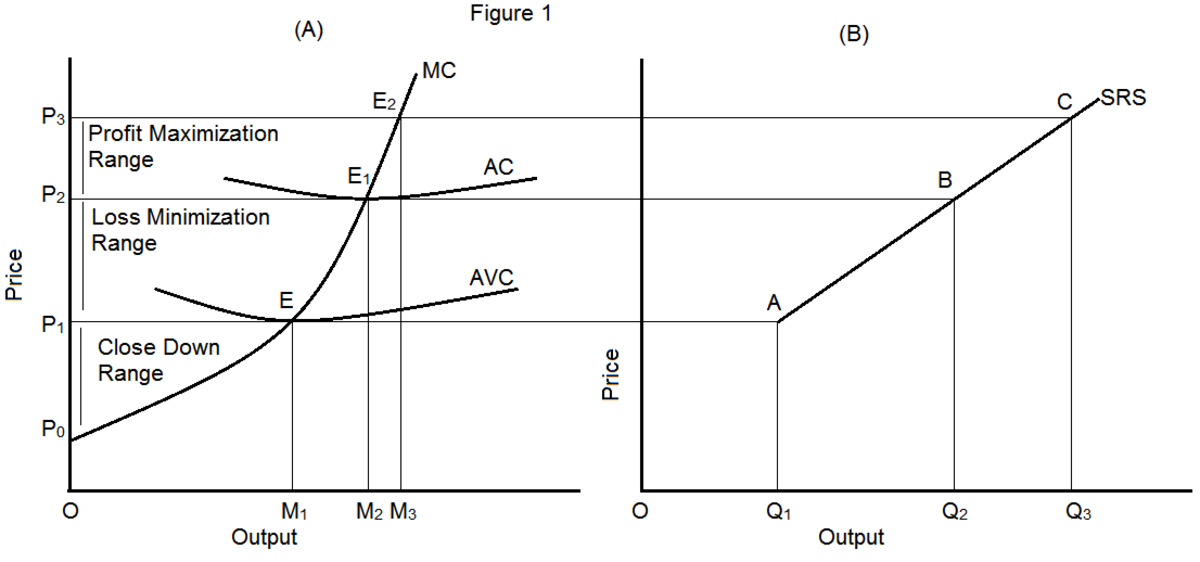What is Demand in Economics? And What are the Determinants of Market Demand for a Commodity?
Meaning of Demand in Economics
You can never deny that the entire economic activities revolve around a single factor called demand. An organization cannot sustain if it does not find sufficient demand for its products. If a government project is not beneficial to people, money spent on the project will become unproductive. Hence, demand is an essential factor for the survival, development and success of an economy.
So what is this demand all about? Suppose that you have desire for a costly mobile phone. But if you do not have sufficient money to buy it, your desire alone will not constitute demand. Let us say, you have sufficient money to buy the costly mobile phone. But if you do not have desire for it, no purchase will happen. Hence, demand evolves when you have both sufficient money and desire. Therefore, demand is nothing but the willingness supported by purchasing power. This is in economics known as an effective demand.
Characteristics of Demand
Demand possesses four important characteristics, namely price, quantity, market and time. When you mention demand for a particular product, it is essential to state how much demanded and at what price. Therefore, demand is naturally associated with price and quantity. Furthermore, demand occurs only in market places. Market needs not be a geographical location. Here, market refers to the communication between buyers and sellers. Therefore, online trading is also under the purview of market. Last important element of an effective demand is time. In general, demand refers to ‘demand per unit of time’. Example: sales per day, per week, per month or per annum.
Determinants of Demand for a Commodity
The following are the determinants of demand for a commodity:
Income
Demand for a commodity is closely associated with income of individuals. If there is a raise in the household income, it boosts the general demand for goods and services. On the contrary, reduction in the household income results in less purchasing power. This type of situation ultimately leads to economic depression.
The purchasing power of the income is also associated with the general price level. Let us look at the two types of income, namely money or nominal income, and real income. Money income as the name indicates is just the cash in hand. However, real income refers to the purchasing power of the money income. Therefore, real income depends on general price level. If there is a reduction in the general price level, the real income increases and vice versa. Thus, if the real income increases, the demand for all goods and services will increase. If the real income decreases, the demand will decrease eventually.
Distribution of Income
A nation’s distribution of income plays a major role in increasing or decreasing general demand. Distribution of income is closely associated with a nation’s tax system. A well-designed tax system ensures equal distribution of resources, which ultimately increases general demand for goods and services, and leads to economic expansion.
Pattern of Savings
Marginal propensity to save is an ingenious tool to study the pattern of savings of a particular society or nation. Marginal propensity to save refers to people’s willingness to save. Therefore, if the marginal propensity to save is high, it means that there will be less to spend. Hence, general demand will be low. At the same time, if the marginal propensity to save is low, the general demand will be high.
State of Business Cycle
The two important stages of a business cycle are prosperity and depression. During the time of growth or prosperity, the demand for all goods and services is very high. On the other hand, during recession or depression, there is decrease in demand for all goods and services.
Value of Currency
If a country’s currency appreciates against other currencies, the goods or services produced by that country becomes costly for foreigners. This results in a reduced demand. On the contrary, if a country’s currency depreciates against other currencies, the goods or services produced by that country becomes cheap for foreigners. This results in an increased demand.
Consumer Credit Policy
A liberalized credit policy by banks and convenient hire-purchase system by business organizations are helpful to increasing demand for luxury goods.
Taxation and Subsidy
If new taxes are imposed or existing tax rate on goods or services is increased, prices will go up. In this case, demand for those goods or services tends to decrease. On the other hand, if the government announces subsidies on goods or services, prices will be reduced. In such cases, the demand for those goods or services increases.
Speculation
Expectations or speculations also result in a change in demand. For example, if there are rumors that the government is planning to impose new taxes on a specific product, people tend to buy more of that product before its price increases.
Advertisement
Advertisement plays a vital role in creating demand for a particular commodity. Perfect competition has become inevitable these days. In order to outperform competitors, a powerful advertising campaign through various media is crucial. Advertisement undoubtedly increase demand for the product. However, there is no guarantee that it results in an increase in the general demand.
Tastes and Preferences
The demand for certain products or services is extremely vulnerable to changes in tastes and preferences. In case a product turns to be much trendier, an increased volume of it usually is purchased at the original price or possibly at a little higher price. On the contrary, if tastes deteriorate for a product, less of it will be demanded irrespective of its price.
Size of Population
China and India are regarded as the world’s biggest markets because of their huge population size. If the population size is high, it will result in high level of general demand and vice versa. However, not only the population size matters in increasing general demand but also other welfare factors such as per capita income, employment, education, nation’s infrastructure, distribution of income and so on.
Weather
Another important determinant of demand is weather of a place. For example, there is a decrease in the demand for umbrellas on a dry summer.
© 2013 Sundaram Ponnusamy

